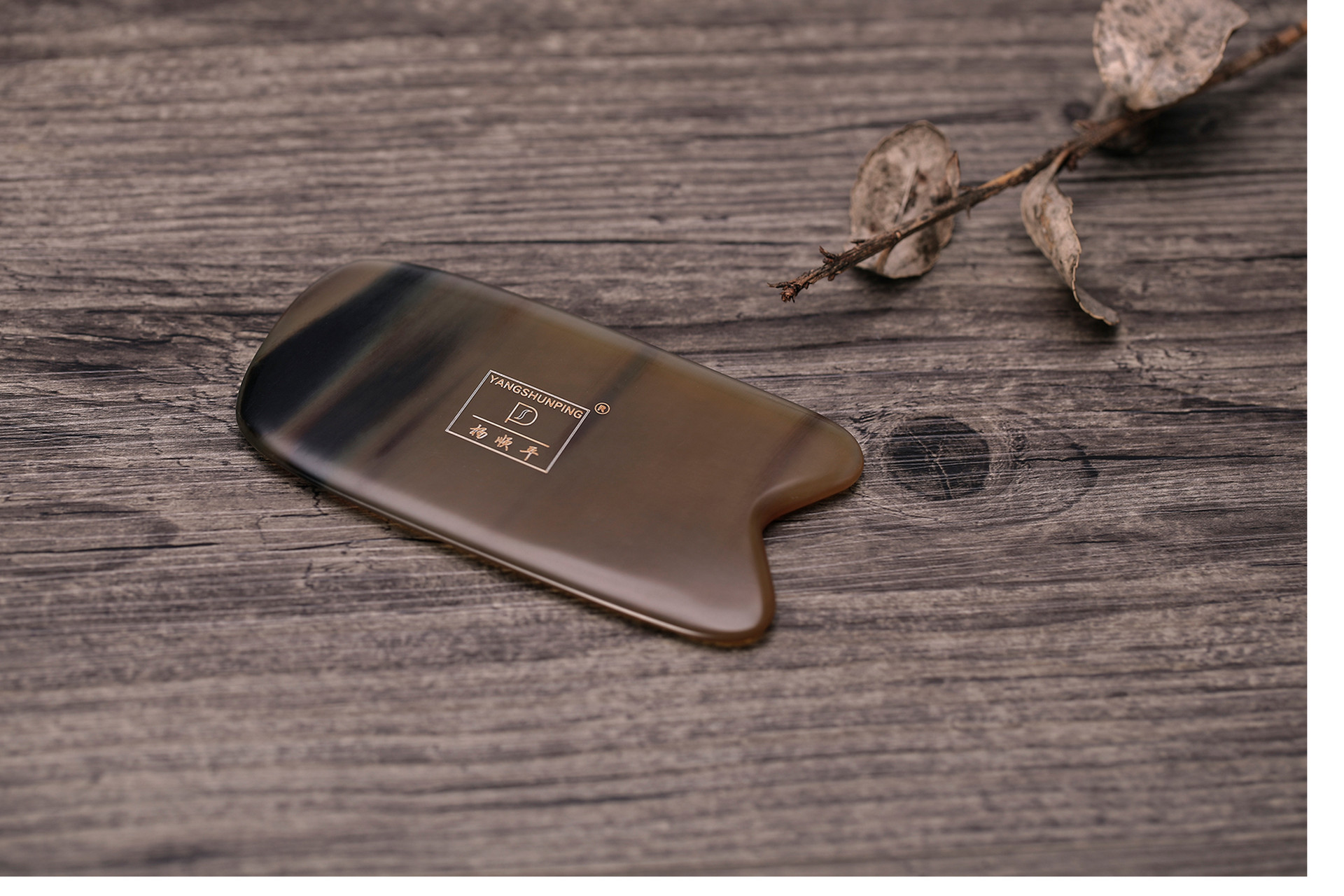Gua sha is a traditional Chinese medical technique that stimulates the meridians and acupoints of the body. It follows the principle of treating the symptoms to alleviate the underlying condition. By stimulating the meridians, gua sha promotes local blood circulation, adjusts muscle contraction and relaxation, and regulates tissue pressure. This helps to improve blood flow and tissue fluidity, resulting in the "invigorating blood circulation, dispelling stasis, and promoting new growth" effect. Gua sha is a traditional Chinese therapy that not only promotes health but also treats diseases. Modern medicine also recognizes that the stimulation of gua sha can regulate vascular dilation and permeability through neuro-endocrine mechanisms, enhancing local blood supply and improving overall blood circulation. The process of gua sha involves gradually expanding blood vessels to the point of capillary rupture, causing local extravasation of blood and the formation of blood stasis on the skin. These blood clots (sha) dissolve shortly after and act as a new stimulus, strengthening local metabolism and exhibiting anti-inflammatory effects.
Effective but not suitable for everyone
Experts explain that gua sha is often used as a treatment for various diseases and has great health benefits. Some common indications for gua sha include colds, fever, heatstroke, headaches, gastrointestinal disorders, stiff neck, frozen shoulder, lumbar muscle strain, muscle spasms, and rheumatoid arthritis. However, it is not suitable for everyone. Gua sha should not be performed on individuals who are excessively thin, have a tendency to bleed, or pregnant women on their abdomen, lumbar region, or areas with skin lesions. Gua sha should also be avoided when patients are excessively hungry, full, or under extreme stress.
Common tools for gua sha include smooth porcelain spoons, buttons, the back of a wooden comb, and small shells. Professional gua sha boards are made from water buffalo horns. The medium used is usually oil or alcohol, as alcohol itself has the effects of invigorating blood circulation, dispelling cold, resolving stasis, and promoting meridian circulation. If specific medications such as red flower oil or Fu Tali are used as the medium for gua sha treatment, the therapeutic effect can be further enhanced. The intensity of gua sha should be "firm but not rigid" and the speed should be "fast but not slippery, slow but not stagnant". Usually, gua sha is performed around 20 times, depending on the presence of sha marks, and then stopped. If there is no sha or very little sha, it should not be forced. The appropriate technique and stimulation intensity should be selected based on the patient's age, condition, location, and position. During the gua sha process, the patient's condition should be observed at all times. If there is chest discomfort, pale complexion, or cold sweating, the gua sha should be stopped immediately.
Understanding the condition after gua sha treatment
After gua sha treatment, the local skin may exhibit various reactions, primarily changes in color and shape, which are known as sha marks. Generally, bright red sha marks in a dot-like pattern indicate an exterior syndrome, with a short disease course and mild condition, suggesting a better prognosis. Dark red sha marks in a patchy pattern indicate an interior syndrome, with a long disease course and severe condition, suggesting a poorer prognosis. During gua sha treatment, if the color of the sha marks changes from dark to red and from patches to scattered dots, it indicates effective treatment and an improvement in the condition. Conversely, if the condition worsens, it suggests a more serious condition. After gua sha, patients should maintain stability and avoid anger, restlessness, and anxiety. Their diet should be light, and they should avoid cold raw fruits, oily foods, and using a cold towel to wipe the gua sha area. It is recommended to drink a cup of warm water (preferably with a pinch of salt and sugar) and rest for 15-20 minutes after gua sha.




